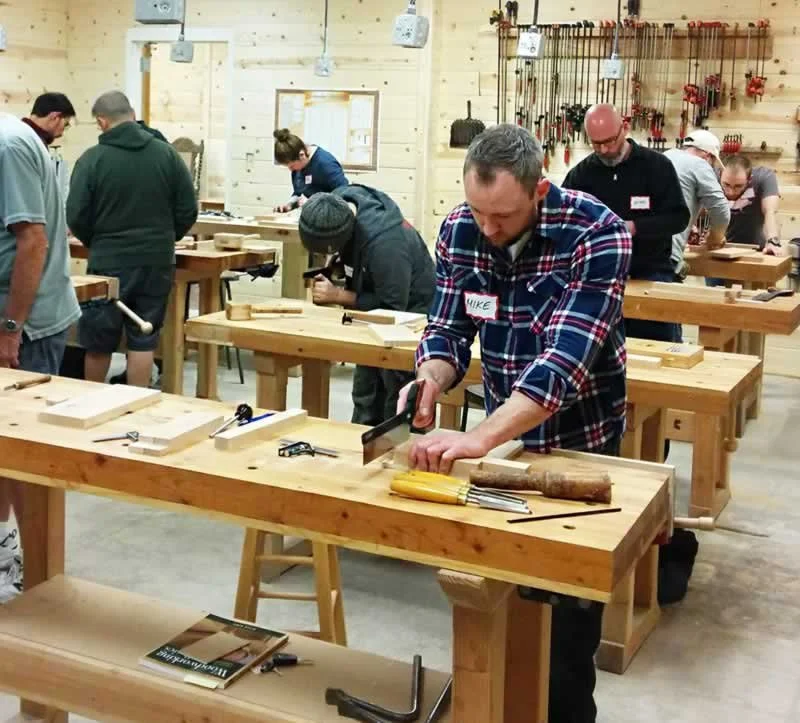New Life Furniture Bank
Transformation Space
Fall 2022
New Life Furniture Bank
New Life Furniture Bank (NLFB), is southwest Ohio’s only furniture bank. The non-profit organization delivers and sets up furniture for entire households that are overcoming poverty, homelessness, domestic abuse, and other devastating circumstances. NFLB has a brick-and-mortar thrift store in Mason, OH where anyone can come and shop for furniture.
The Need
The design team was tasked with delivering a potential solution for optimizing the use of a vacant area within the NFLB thrift store.
Investigate
When introduced to the design prompt, the team started to conduct secondary research to better understand the issue.
The research was conducted through both group and individual work sessions. Pulling information about thrift stores, furniture banks, the area where NLFB is located, and other relevant topics were looked into.
Finding connections and making links between these topics was vital to the team’s success in later stages.
Learning From Others
During this phase, the design team conducted user interviews among a wide range of stakeholders. From school administrators who work with homeless families to college students who frequent thrift stores - the team ensured it covered the most ground possible. A key focus point was gaining empathy for the stakeholder.
"People want their kid to have a bed… including new bedding"
- Homeless Liaison for a rural public school in Ohio
"Prefers sturdy furniture but believes thrifted furniture is not as good looking as new"
- Recent college grad who moved into their first home
"The joy of thrifting is finding in the pleasant surprises"
- Industrial Design Student at the University of Cincinnati
“Thrifted items have a greater quality of material for lower cost”
- Frequent thrifter
“How might we empower thrift store visitors to envision potential in imperfect but quality items?”
Prototyping
After coding insights from user stakeholder interviews and external research, the ideation/prototype phase began. The design team got extremely creative and allowed the juices to flow. Check out some of the early prototypes made through design restraints below.
Combining overlapping ideas from the team. (Yes and)
Mural board from team of ideation with constraints.
Sticky note drawings from Max of potential solutions.
Solution 1: The New Life Revitalization Space
Our objects have a spirit! Let’s give them a chance to live on by empowering and inspiring customers to repair, restore and personalize imperfect purchases.
Let’s transform the current space into a rentable workshop that supplies raw/donated creative materials, tools, and expert assistance.
What if there was a monthly or quarterly DIY - workshop hosted by a community partner?
What if transformation “guides” or project inspiration stations within the thrift store helped encourage people to use the revitalization space for an otherwise intimidating project?
We could award a “certificate of revitalization” which grants credits towards future space/tool rentals, or discounts on materials.
We could do an annual “New life” challenge, similar to “chopped” where sponsored individuals compete in a DIY sprint!
Solution 2: The New Life Experience
Envisioning how our homes will feel with a combination of objects is not always easy. Let’s leverage the exciting experience of a furniture showroom and pair unique pieces together to show off their cumulative value.
We could extend this potential with an online and print catalog developed through an in-house photography studio.
What if there was a monthly or quarterly New Life magazine/catalog with sponsored ad space?
What if you could scan an item in the New Life thrift store and it showed you related items, with the option to bundle?
We could mark items with a “certification” from an “expert evaluator” to verify the value and/or cleanliness of the object.
What if we rented out our showroom and/or showroom sets for staging, creative photoshoots, or film props?
Acknowledgments
This project was completed through the NEXT Innovation Scholars program at the University of Cincinnati. The team consisted of Akash Khanikor, Cara Baah-Binney, Ceceilia Favorito, Miles Spearman, and Max Kemats. The project was led by Jonathan Raj.









